Learn About Agile
No matter how good a Scrum team is, there is always room to improve. Although teams are continually looking for opportunities to improve, the sprint retrospecttive is focused specifically on inspecting how the last sprint went and identifying ways the team can adapt to increase quality and effectiveness.
What Is a Retrospective in Scrum?
Retrospectives are a brief, dedicated period at the end of each sprint (for some teams, a bit less often) for the team to reflect on how they are doing and to find ways to improve.
When Do Teams Hold Team Retrospectives?
The sprint retrospective is usually the last Scrum event in a sprint. Many teams will hold a sprint retrospective immediately after the sprint review meeting.
Who Attends the Sprint Retrospective?
The entire team, including both the Scrum Master and the product owner, participate. In scrum, retrospectives are timeboxed to an hour or less, which is usually quite sufficient. However, occasionally a hot topic will arise or a team conflict will escalate and the retrospective could take significantly longer.
Free Retrospectives Resources
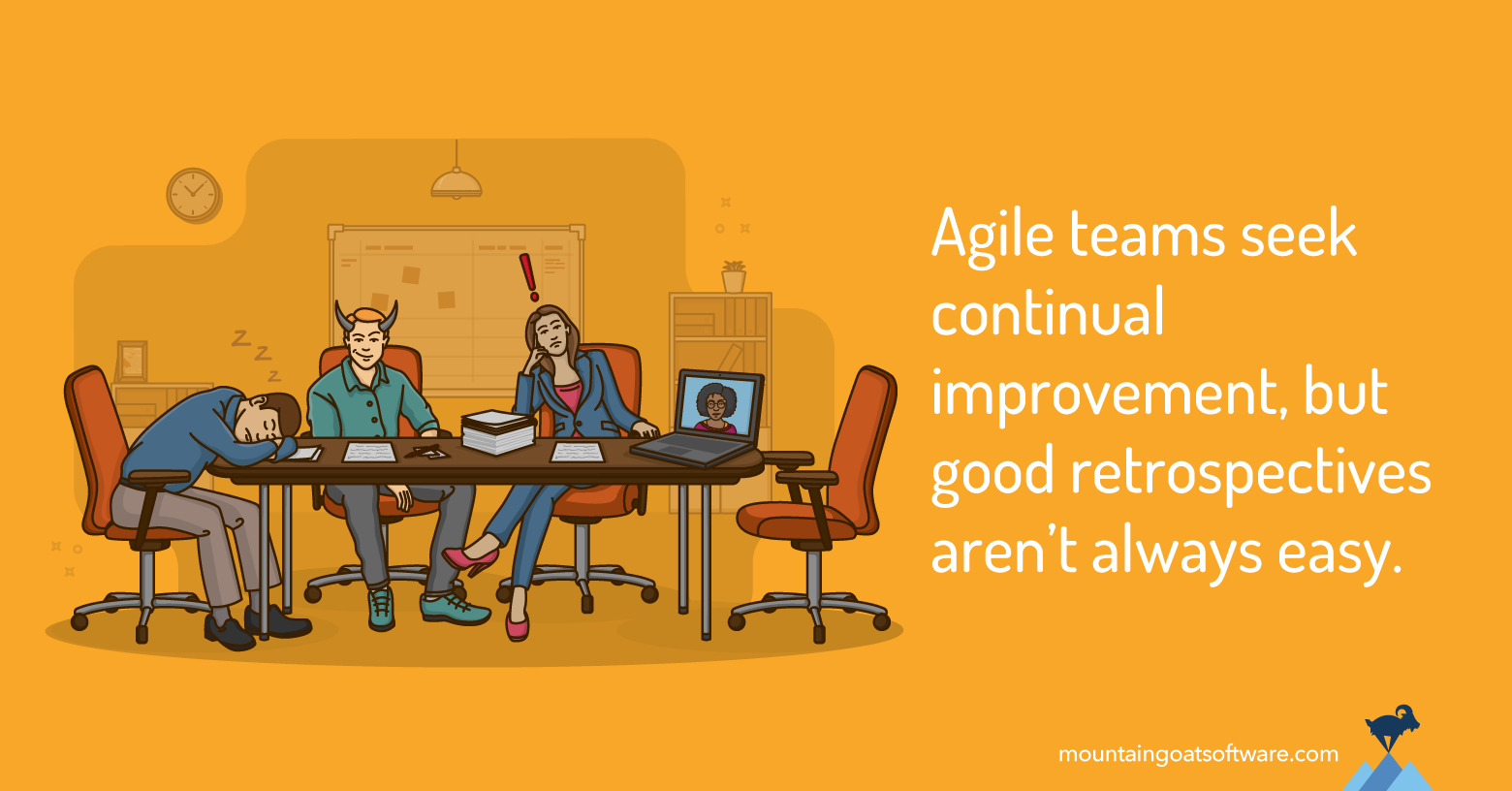 Overcoming 4 Retrospectives Challenges
Overcoming 4 Retrospectives Challenges 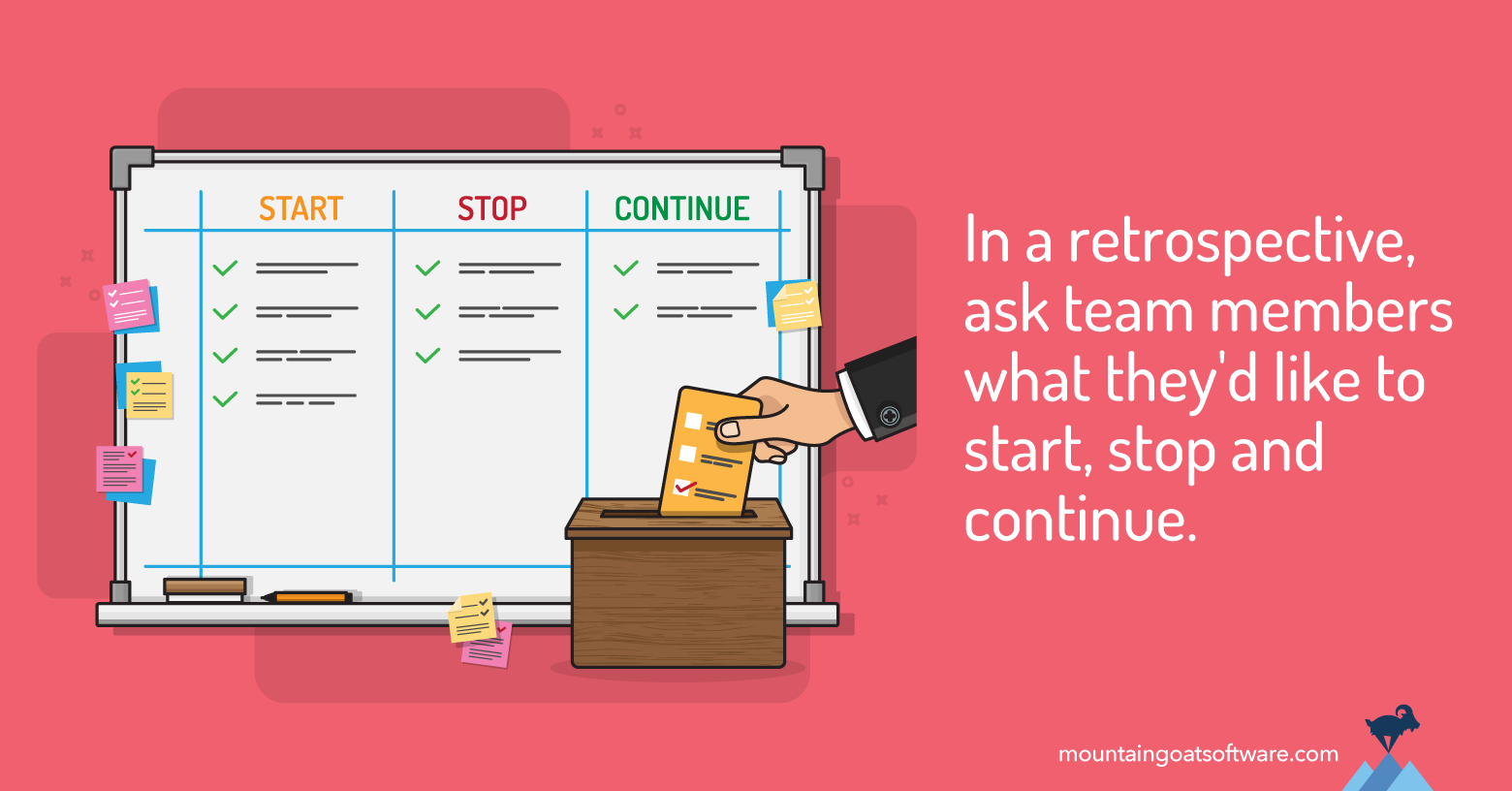 One Way to Run a Retrospective
One Way to Run a Retrospective 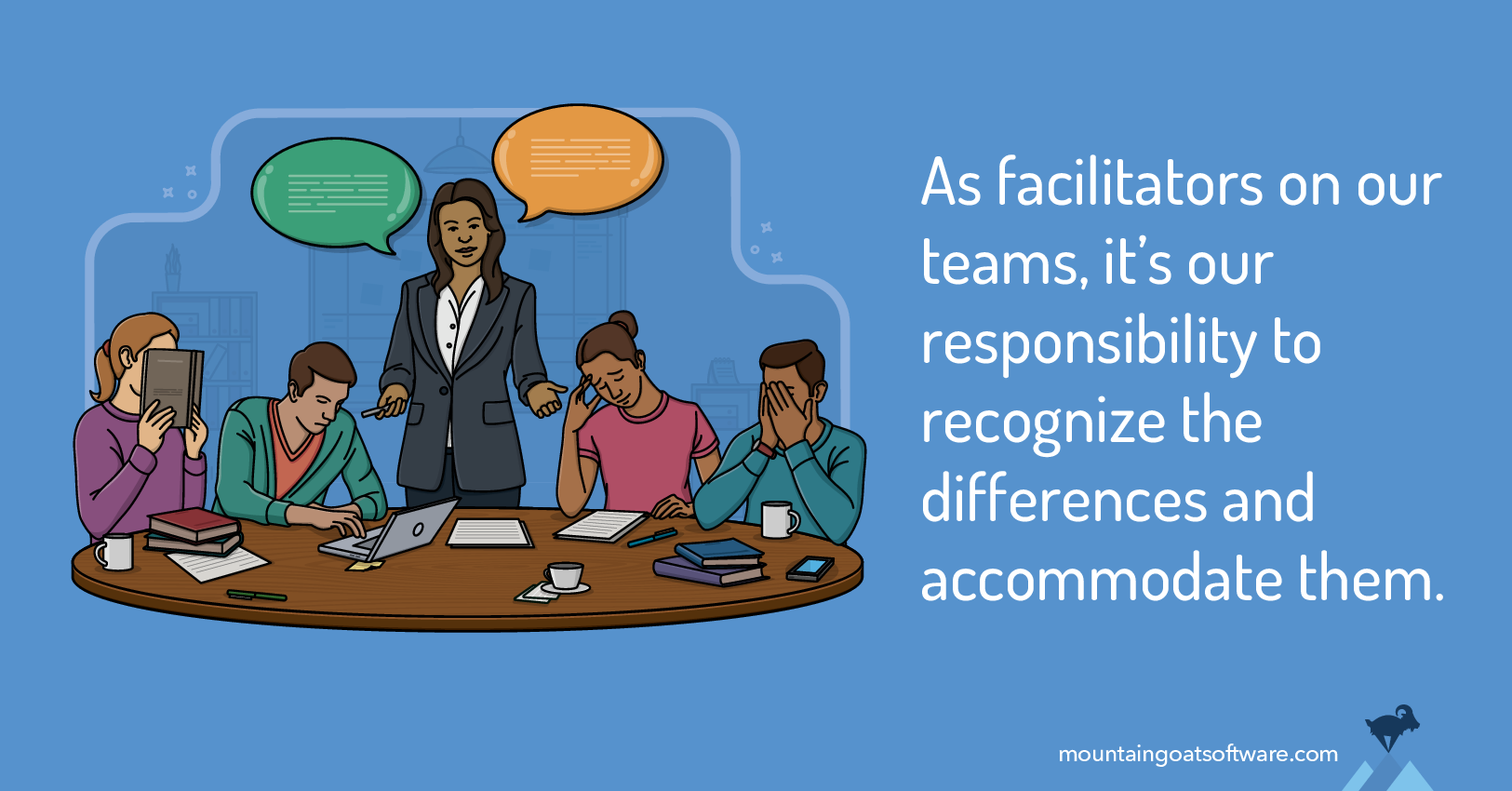 Retrospectives with Quiet Teams
Retrospectives with Quiet TeamsWhat Is a Typical Sprint Retrospective Agenda?
Although there are many ways to conduct a sprint retrospective, our recommendation is to conduct it as a start-stop-continue meeting. This is perhaps the simplest, but often the most effective way to run a retrospective. Using this approach each team member is asked to identify specific things that the team should:
- Start doing
- Stop doing
- Continue doing
There are many variations on this simple format. The Scrum Master can facilitate this sprint retrospective meeting by asking everyone to just call out ideas. The ScrumMaster can go around the room asking each person to identify any one thing to start, stop or continue. Or, for example, they can ask everyone to focus on identifying something to stop this time because not much attention has been paid to things to stop in recent retrospectives.
After an initial list of ideas has been brainstormed, teams will commonly vote on specific items to focus on during the coming sprint. At the end of the sprint, the next retrospective is often begun by reviewing the list of things selected for attention in the prior sprint retrospective.
CSM Certification & Other Certified Scrum Training
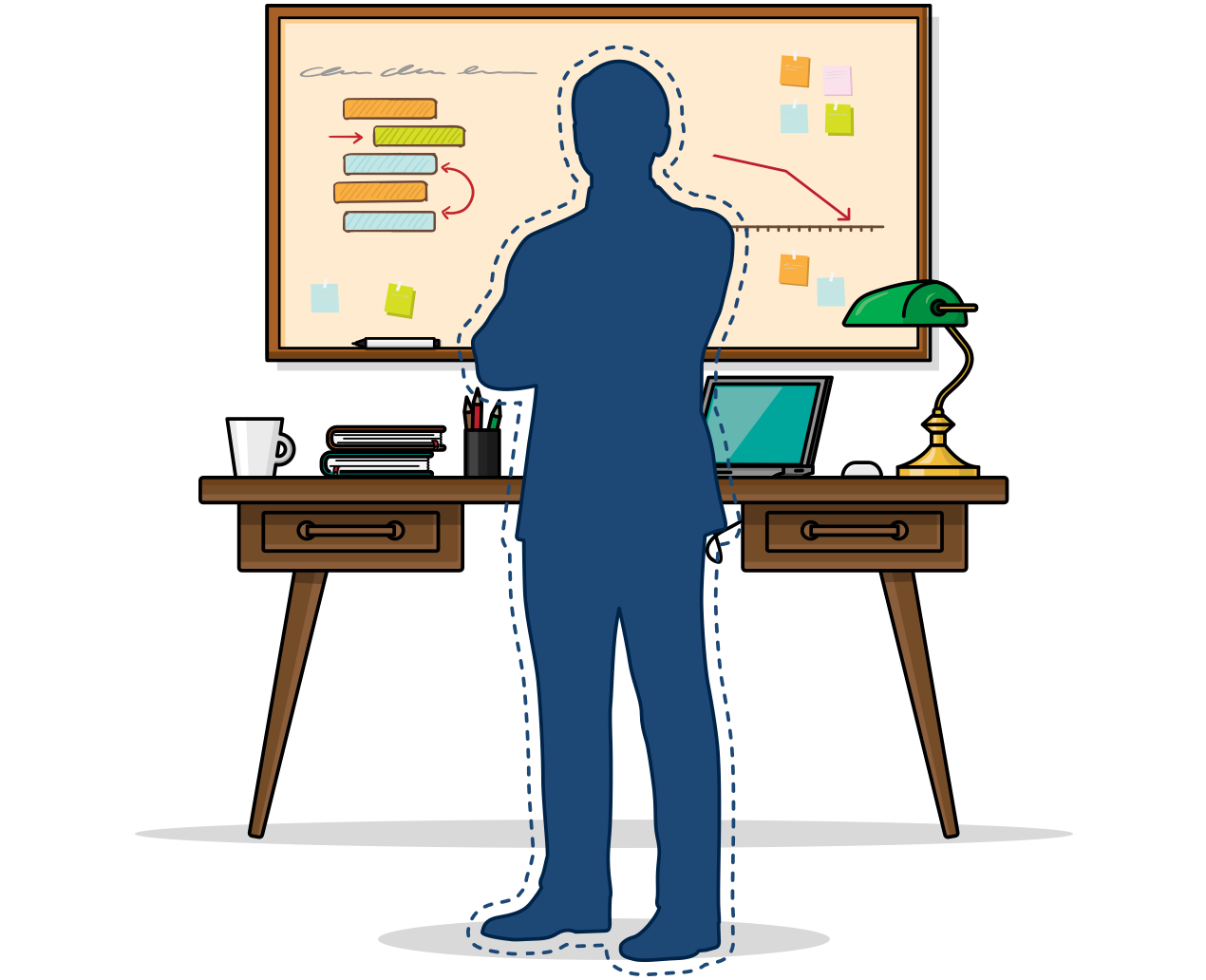 Scrum Certification for Scrum Masters and Product Owners
Scrum Certification for Scrum Masters and Product Owners 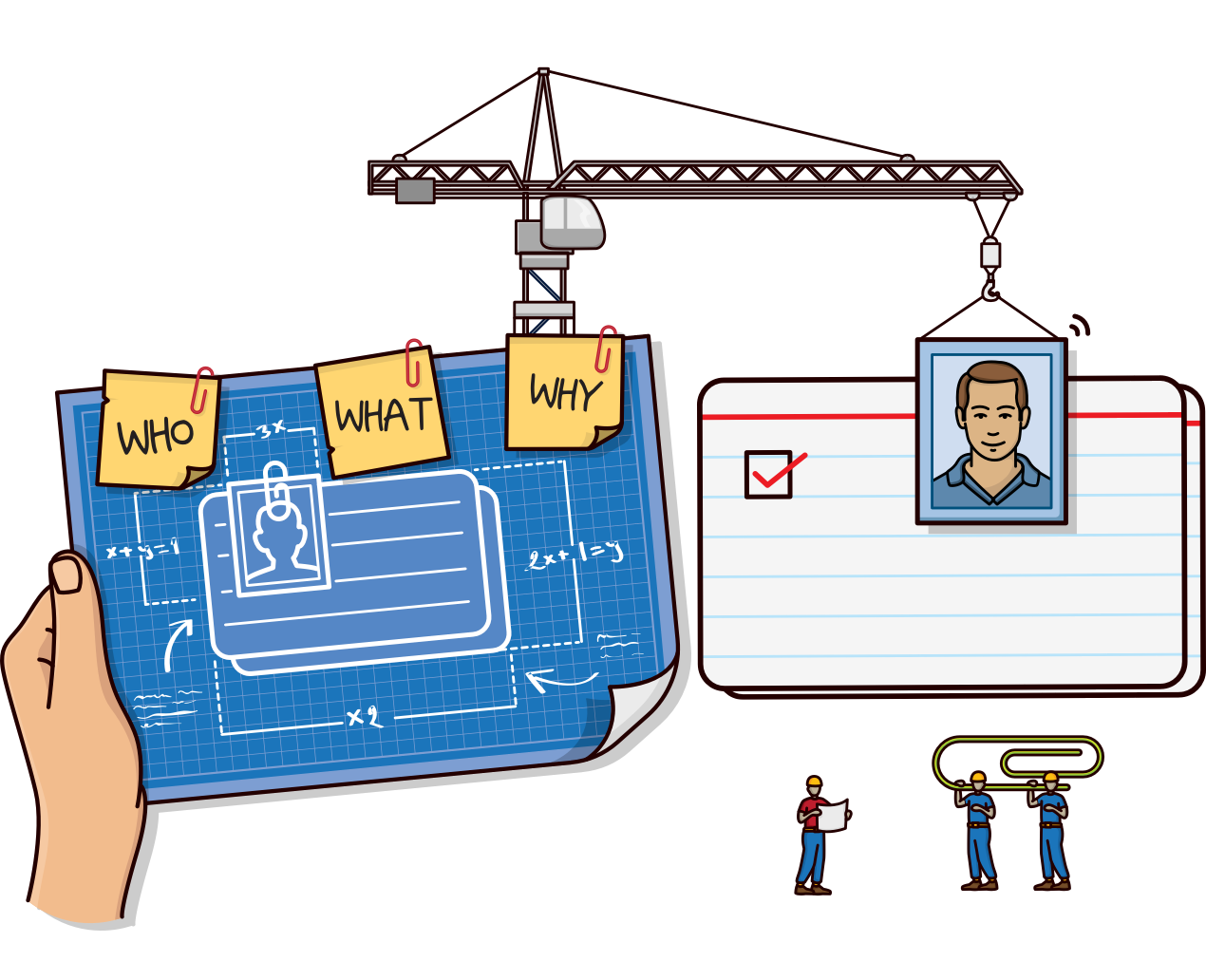 Skill-Building Courses
Skill-Building Courses Last update: September 27th, 2023
